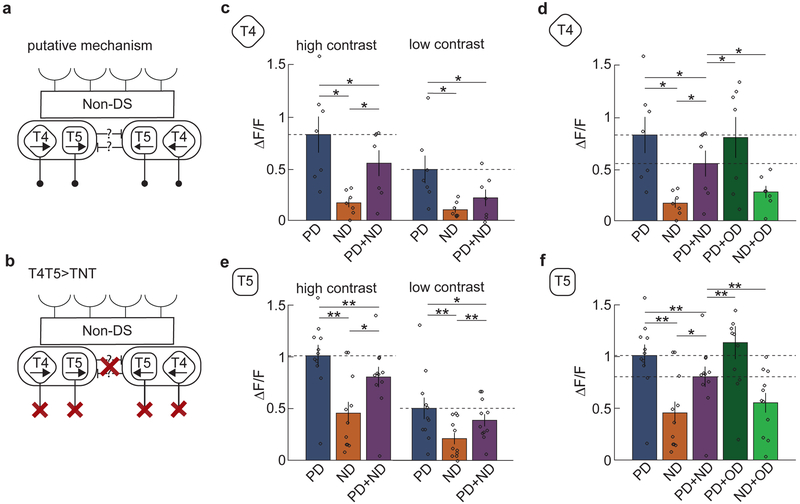Fig 5. T4 and T5 cells with silenced synapses continue to show opponency.
a) Suggested putative circuit for T4 and T5 feedback onto T4 and T5, which could generate opponency.
b) Schematic of T4 and T5 chemical synaptic output suppressed by expression of tetanus toxin (TNT).
c) Average responses of T4 cells expressing TNT to PD (blue), ND (orange), and PD+ND (purple) sinusoidal gratings at high and low contrast. The addition of ND stimuli continued to suppress the response. (* p < 0.05, ** p < 0.01, by a paired two-sided Wilcoxon signed-rank test; at high contrast, pPD,ND = 0.0156, pPD,PD+ND = 0.0313, pND,PD+ND = 0.0156; at low contrast, pPD,ND = 0.0156, pPD,PD+ND = 0.0156, pND,PD+ND = 0.2188; n = 7 flies)
d) Average responses of T4 cells expressing TNT to composite stimuli moving in the PD, ND, PD+ND, PD+OD, and ND+OD. (* p < 0.05, ** p < 0.01, by a paired two-sided Wilcoxon signed-rank test; pOD+PD,PD+ND = 0.0313, pOD+ND,PD+ND = 0.0156; n = 7 flies)
(e-f) As in (c) and (d) but with T5 cells. (At high contrast, pPD,ND = 0.0010, pPD,PD+ND = 0.0020, pND,PD+ND = 0.0186, pOD+PD,PD+ND = 0.0049, pOD+ND,PD+ND = 0.0020; at low contrast, pPD,ND = 0.001, pPD,PD+ND = 0.042, pND,PD+ND = 0.0068, n = 11 flies in both panels) Note in (f) that a single outlying point of value 2.3 is not shown in the PD+OD condition.
(See also Figure S4 for behavioral results validating TNT expression.)

